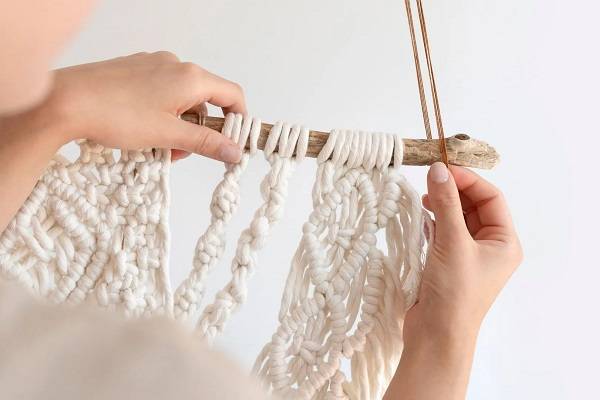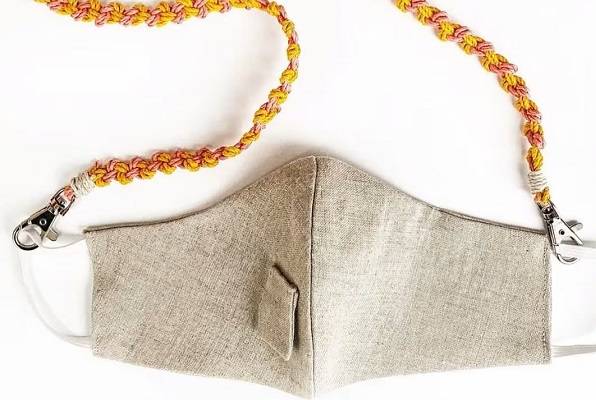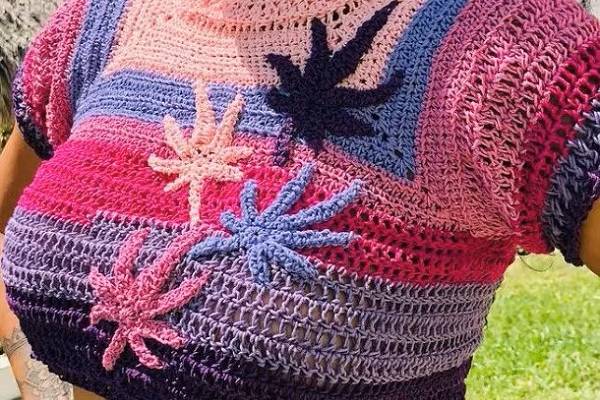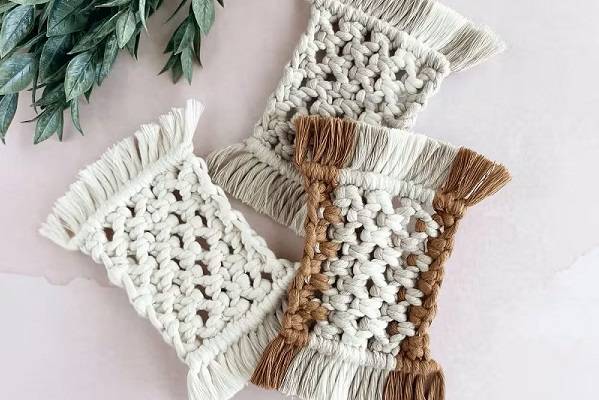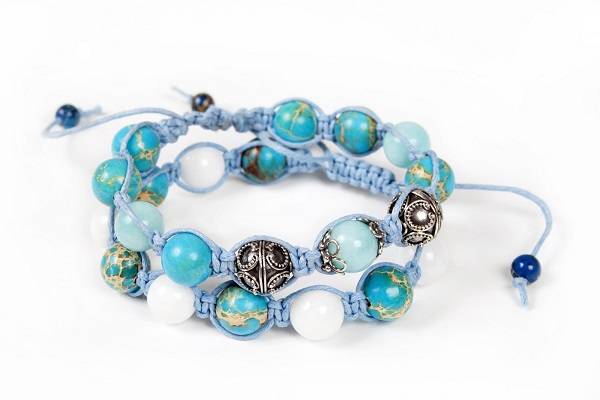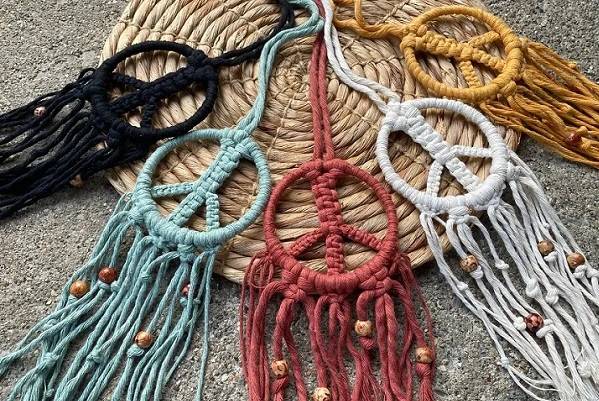Macrame vs. Crochet: What Are The Key Differences?
Discover Creative Potentials Of These Two Handicrafts With Distinct Differences
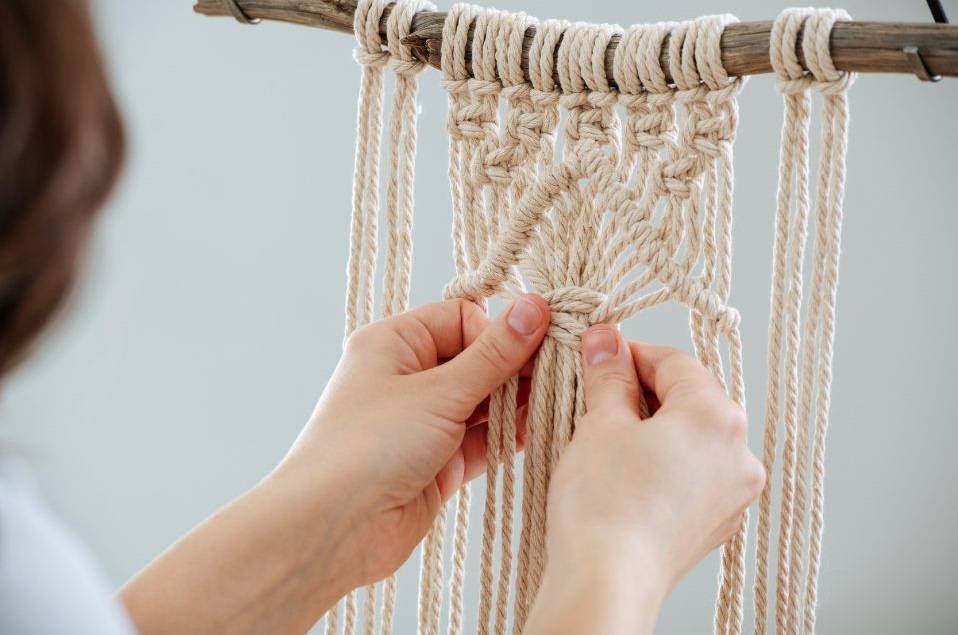
Innovation & Quality
Developing and supplying premium-quality, sustainably grown, consumer products
100% Natural
Organically Grown and Ethically Sourced
hemp and other natural fiber products
Shipping
We offer fast shipping
Your order out within 1-3 days
Wholesale
Visit our wholesale portal to register or login to your account
Buy Premium Eco-Friendly Macrame Supplies At Hemptique: Retail & Wholesale Ordering
One of our best-selling products is cotton macramé cord which is used for all kinds of macrame DIY crafting projects, such as like wall hangings, banners, garlands, macrame curtains, plant hangers, accessories, and so on. For more information about the company and our products call (760) 602-4864, ext. 403 and 405. To enjoy bulk wholesale pricing, you can register for a wholesale account.
MACRAME VS. CROCHET: A CLOSER OBSERVATION
What is Macramé?
What is Crochet?
MACRAME VS. CROCHET: MAIN DIFFERENCES
Materials
Tools
Techniques: Knotting Vs. Looping
Durability
Design
WHICH ONE IS SIMPLER TO LEARN?
HOW LONG DOES IT TAKE TO LEARN CROCHET?
HOW LONG DOES IT TAKE TO LEARN MACRAMÉ
PROJECT INSPIRATION
Macrame Crafts
Wall Hangings – These projects are the most recognized among all macrame activities, featuring elaborate knotting. They can vary in size, design, and shape enabling boundless creativity.
- Macrame Bags - Totes or beach bags are both fashionable and functional, combining form with function in a stylish accessory.
- Plant Hangers - Macrame plant hangers have become quite popular in recent years due to the versatility of design and unique aesthetics. They are stylish and decorative ways to display plants indoors or outdoors.
Hammocks – If you have advanced knotting skills, you can take on the challenge of crafting a hammock. It is quite a large project, but results in a gorgeous and comfortable item that you can display inside the house or in the backyard.
Crochet Crafts
- Blankets - These are classic DIY projects, and you can choose from a wide range of different designs, from single-stitch to multi-color designs.
- Hats - From beanies and sun hats to berets, you can crochet almost any type or style of hat. They don’t take a lot of time to craft, and they make a great and unique accessory.
- Amigurumi – This is a fairly popular style of crocheting stuffed toys and animals that are popular among kids and adults.
- Scarves – Here is another very easy and simple idea for beginners. Experiment with delicate designs, chunky shawls, or lacy styles. Create them for yourself or gift them to friends and family. They make a great personalized accessory for every fashion style.
- Sweaters and clothing – Lately, crocheted wardrobe has gained a lot of popularity. Think of hats, tops, sweaters, vests, or cardigans. They are a modern and chic alternative to manufactured clothing pieces.
- Granny Squares - This is a traditional and timeless motif that is used for making blankets, throws, and cushions is granny squares. This pattern is highly versatile and offers endless possibilities for color and stich combinations for maximum creativity and art expressions.


